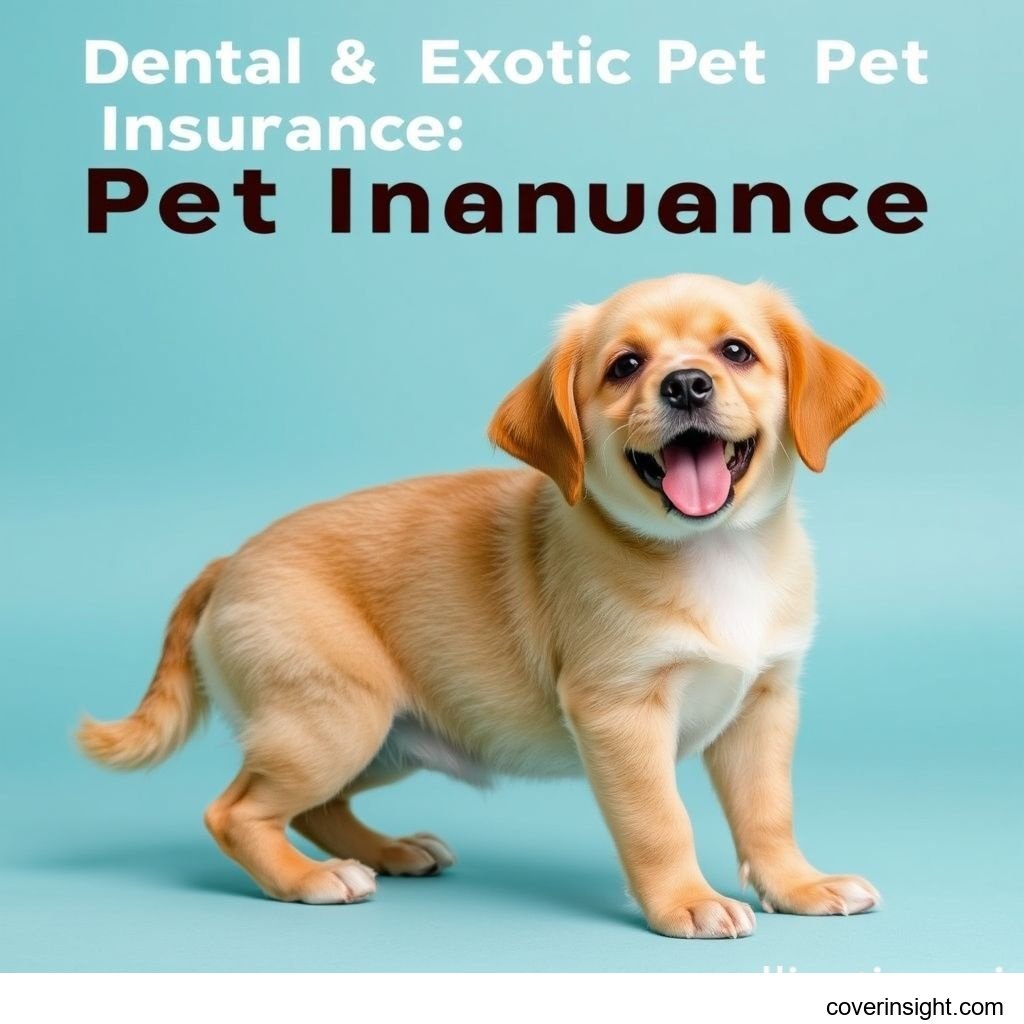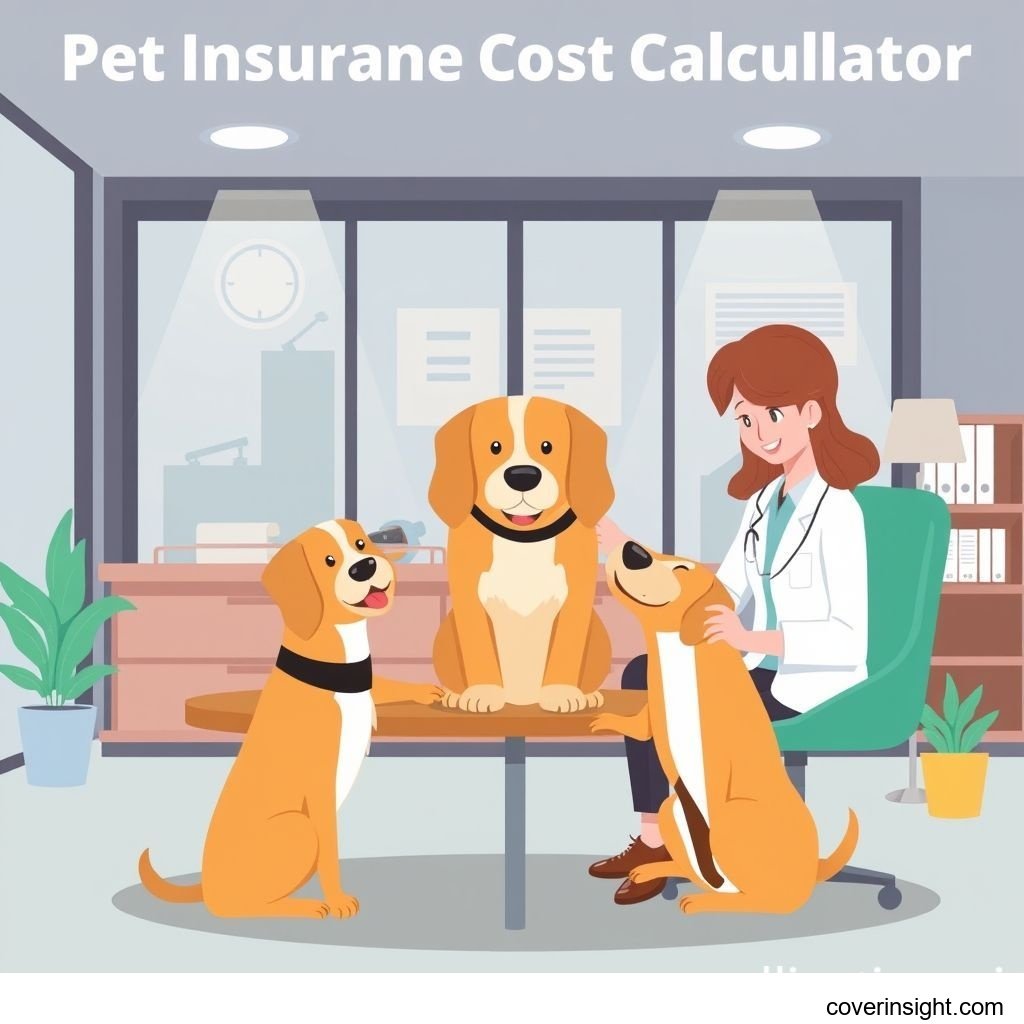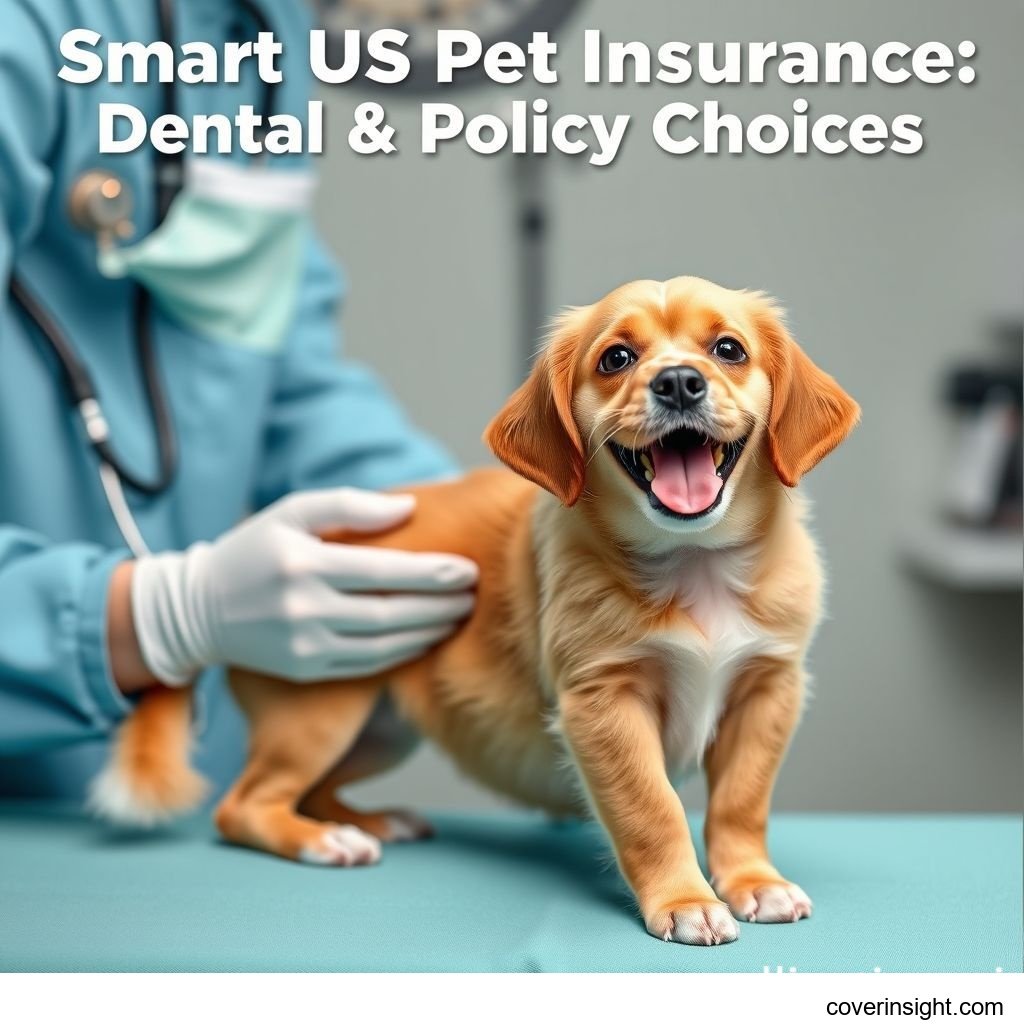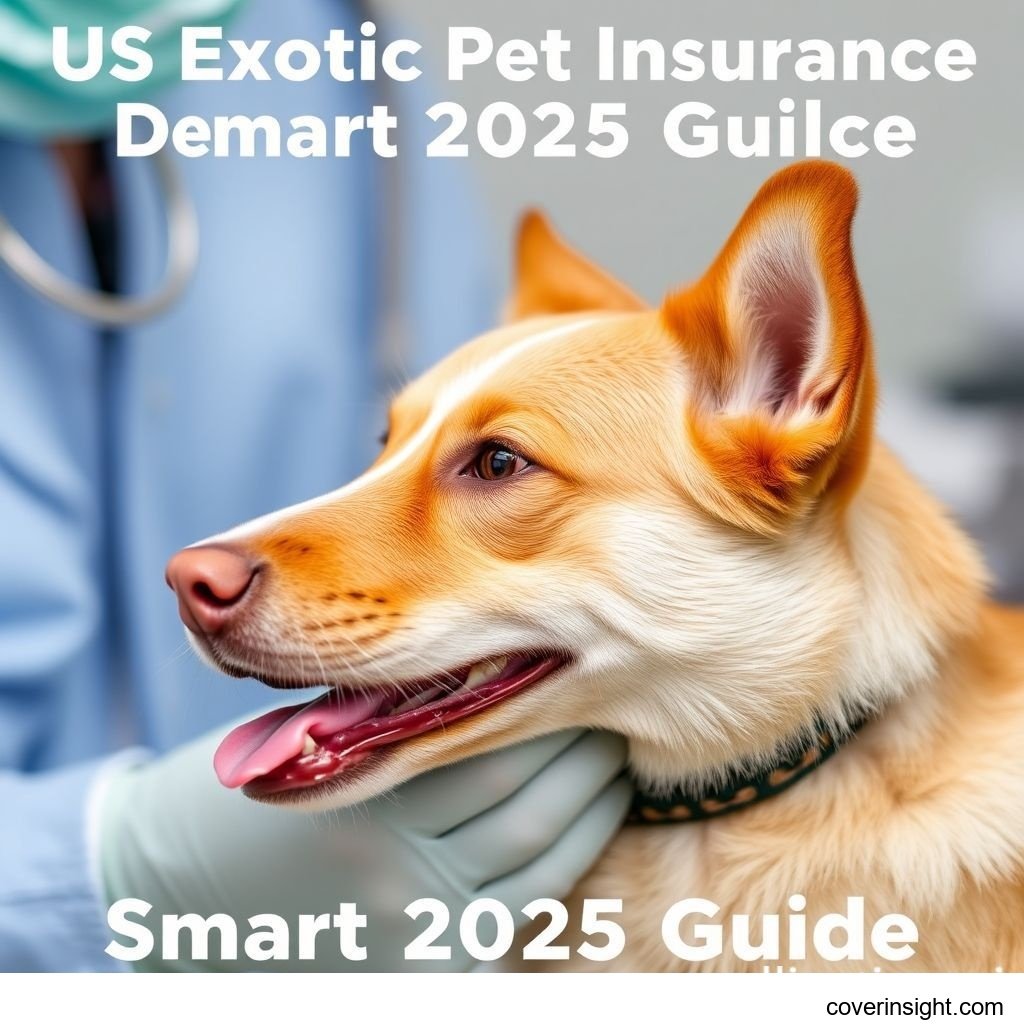Introduction
As pet ownership continues to flourish across the United States, so does the awareness of comprehensive pet care, with dental health emerging as a critical, yet often overlooked, component. For 2025, understanding the landscape of dental care pet insurance in the US is more important than ever. Just like humans, our furry (and sometimes scaly or feathered) companions are susceptible to a myriad of oral health issues, from gum disease to painful tooth decay. These conditions, if left untreated, can lead to more severe systemic health problems, ultimately impacting a pet's quality of life and longevity. Investing in dental pet insurance offers a crucial financial safety net, helping pet owners afford the often-expensive veterinary dental procedures without "breaking the bank." It’s about proactive health management and securing peace of mind, ensuring your beloved companion receives the best possible care when they need it most.
Coverage Details
Navigating the specifics of pet insurance coverage can feel like a labyrinth, but understanding what’s typically included and excluded is key to making an informed decision.
What’s Included
Most comprehensive pet insurance plans that offer dental coverage are designed to tackle a range of common and serious oral health issues. You'll typically find coverage for:
-
Routine Dental Cleanings: Often referred to as "preventative care" or "wellness" add-ons, these annual cleanings are vital for maintaining oral hygiene and preventing disease.
-
Periodontal Disease Treatment: This includes scaling, polishing, root planing, and sometimes gum surgery for advanced cases of gum disease.
-
Tooth Extractions: For diseased, fractured, or problematic teeth that cannot be saved.
-
Root Canals and Crowns: For damaged teeth where the pulp is exposed or infected, aiming to save the tooth.
-
Abscesses and Oral Infections: Treatment for painful infections in the mouth.
-
Anesthesia: A significant cost component of any dental procedure, typically covered.
-
Oral Tumors: Diagnosis and treatment of cancerous or non-cancerous growths in the mouth.
For exotic pets, dental coverage can be particularly important given their unique anatomies and propensity for specific oral issues. For instance, guinea pigs often suffer from overgrown teeth, and birds can develop beak abnormalities, which a good exotic pet insurance policy with dental inclusions should cover.
Common Exclusions
While coverage can be extensive, there are standard exclusions you should be aware of:
-
Pre-existing Conditions: This is the most common exclusion. If your pet showed signs or was diagnosed with a dental issue before the policy's effective date or during the waiting period, it generally won't be covered.
-
Cosmetic Procedures: Any procedure primarily for aesthetic purposes, such as caps or veneers, is typically excluded.
-
Experimental Treatments: Unproven or experimental dental procedures are generally not covered.
-
Non-Dental Issues: While a policy may cover oral health, it won't cover general medical conditions unrelated to the mouth, like heart disease or cancer, unless those are included in broader health coverage.
-
Waiting Periods: Most policies have a waiting period (e.g., 6-14 days for accidents, longer for illnesses and specific conditions like orthopedic or dental issues) before coverage kicks in. This is designed to prevent immediate claims for pre-existing conditions.
Cost Analysis
The cost of dental and exotic pet insurance in the US for 2025 can vary significantly, often reflecting the specific needs and characteristics of your pet, as well as where you live.
Price Factors
Several key factors influence your monthly or annual premiums:
-
Pet's Age: Older pets generally have higher premiums due to an increased likelihood of developing health issues, including dental problems.
-
Breed: Some breeds are predisposed to certain dental conditions (e.g., small breeds often have crowded teeth, leading to periodontal disease), which can influence premiums.
-
Species: Dogs typically cost more to insure than cats, and exotic pets can fall into a unique pricing tier due to specialized care requirements.
-
Location: Veterinary costs vary by state and even by zip code. For example, pet care in metropolitan areas like New York City or Los Angeles is generally more expensive than in rural areas, and premiums reflect this. According to the National Association of Insurance Commissioners (NAIC), the pet insurance market has seen substantial growth, with pricing reflecting regional veterinary cost variations.
-
Deductible: This is the amount you pay out-of-pocket before your insurance begins to reimburse you. A higher deductible typically means a lower monthly premium.
-
Reimbursement Level: This is the percentage of eligible vet bills the insurer will reimburse (e.g., 70%, 80%, 90%). A higher reimbursement level means a higher premium.
-
Annual Limit: This is the maximum amount the insurer will pay out in a policy year. Policies with higher annual limits usually have higher premiums.
Saving Tips
While pet insurance is an investment, there are ways to manage costs without compromising essential coverage:
-
Start Early: Insuring your pet when they are young and healthy helps lock in lower premiums and avoids pre-existing condition exclusions for future issues.
-
Preventative Care: Regular brushing, dental chews, and professional cleanings can prevent serious issues, saving you money on extensive treatments down the line. A "stitch in time saves nine," as they say.
-
Multi-Pet Discounts: Many insurers offer discounts if you enroll multiple pets under the same policy.
-
Choose a Higher Deductible: If you have an emergency fund, opting for a higher deductible can significantly reduce your monthly premium.
-
Adjust Reimbursement and Annual Limits: Balancing these factors to suit your budget can make a difference. A lower reimbursement percentage or annual limit will lead to a lower premium, but be mindful of your potential out-of-pocket costs.
-
Compare Quotes: Don't just go with the first quote you receive. Use comparison websites and directly contact several providers. While pet insurance isn't a federal program like human health insurance (where you might explore options on platforms like Healthcare.gov), individual State Insurance Departments often provide resources or lists of licensed providers.
FAQs
How much does dental care pet insurance cost?
The cost of dental care pet insurance, often included as part of a comprehensive or wellness add-on to a pet insurance policy, can range from $20 to $70+ per month for dogs and $15 to $40+ per month for cats in the US. Exotic pet insurance with dental coverage can vary even more widely, typically starting from $10-$15 per month for smaller exotics and going up significantly for larger, more complex animals due to specialized veterinary needs.
What affects premiums?
Premiums are influenced by several factors: your pet's species, age, breed, and your geographical location. The deductible amount, reimbursement percentage, and annual limit you choose for your policy also play a significant role in determining the final cost.
Is it mandatory?
No, dental care pet insurance is not mandatory in the United States. It is an optional financial product designed to help pet owners manage unexpected veterinary costs, especially for expensive dental procedures. However, given the prevalence of dental disease in pets—the American Veterinary Medical Association (AVMA) notes that most pets show signs of dental disease by age three—many owners find it to be a wise investment.
How to choose?
To choose the right policy, compare quotes from multiple providers, carefully review the coverage details (especially inclusions and exclusions for dental and exotic pet-specific needs), check waiting periods, and consider your budget for deductibles and premiums. Read customer reviews and look into the insurer's reputation. Don't hesitate to contact the National Association of Insurance Commissioners or your local State Insurance Departments for regulatory information or complaints data. For broader guidance, you can also explore general "Insurance Resources Global".
Consequences of no coverage?
Without pet insurance, particularly for dental care, pet owners are solely responsible for the full cost of veterinary procedures. Dental problems can be surprisingly expensive, with cleanings ranging from $300-$800 and extractions or root canals potentially costing thousands. For instance, consider the case of Whiskers, a 5-year-old Persian cat from Phoenix, Arizona. Her owner, Michael, had no dental coverage. When Whiskers developed severe periodontal disease requiring multiple extractions and a complex root canal, the total bill came to nearly $3,500 out-of-pocket. Having no coverage means facing potentially substantial, unforeseen veterinary bills that could lead to difficult decisions about your pet's health. It means putting your own finances "on the line." For more general insights into pet care financials, resources like "US Insurance Home" can provide context.
Author's Insight & Experience: Based on my experience as a pet owner in the US, navigating the world of pet insurance, especially for something as specific as dental care, can feel like a maze. I've learned that it's not just about finding the cheapest premium, but understanding the nuances of what's actually covered, especially for pre-existing conditions or unique needs of exotic pets. It truly offers a profound sense of relief knowing that if my pet suddenly needs extensive dental work, I won't have to choose between their health and my savings. It's an investment in their long-term well-being and your own financial peace of mind.









Comments